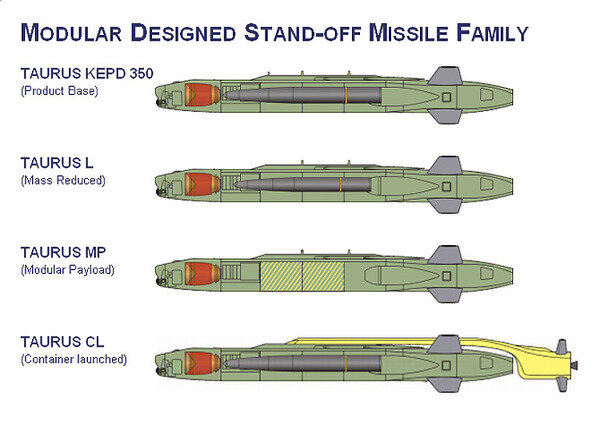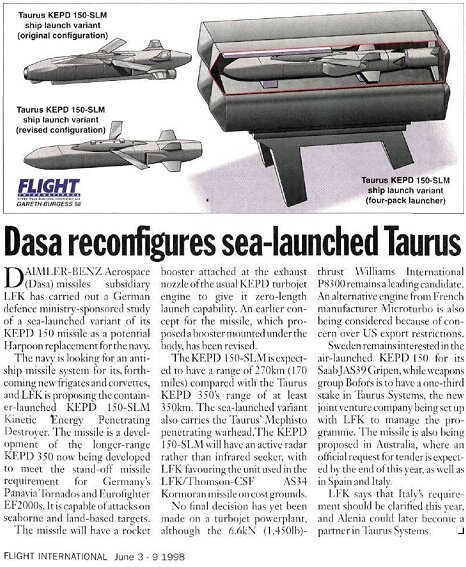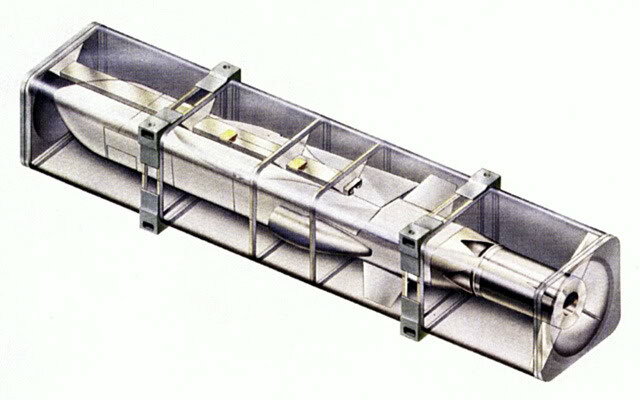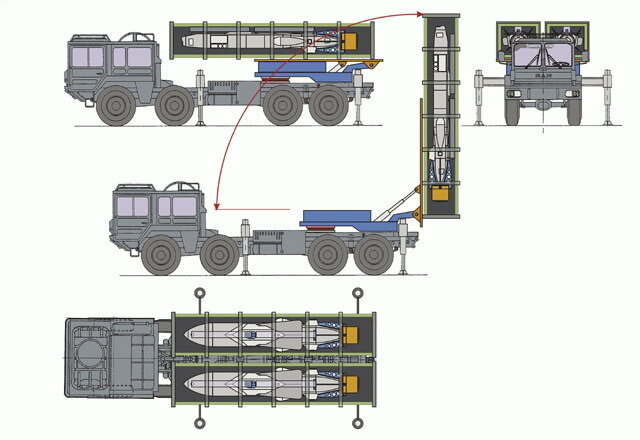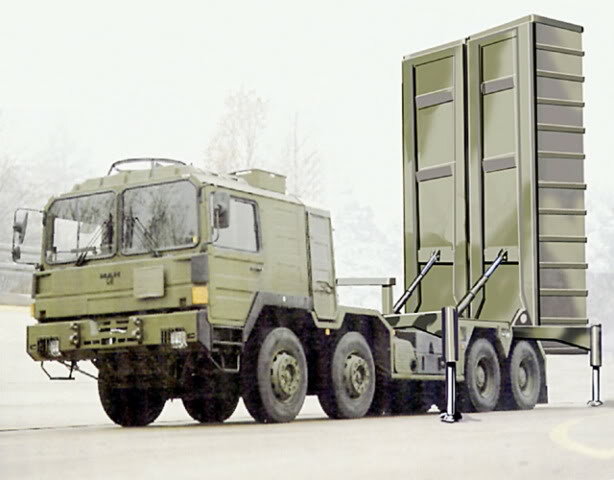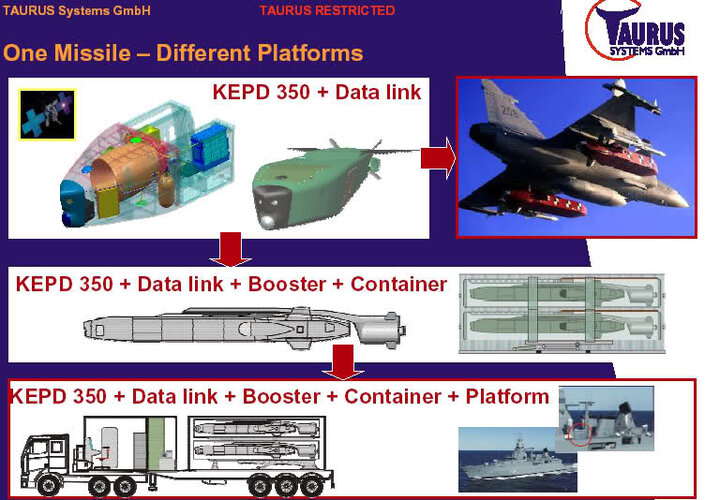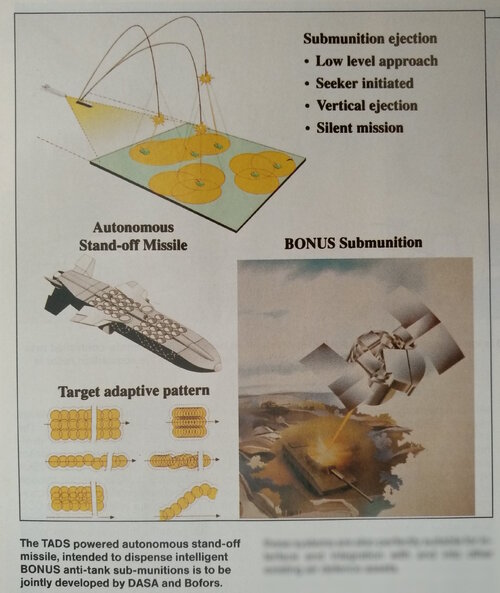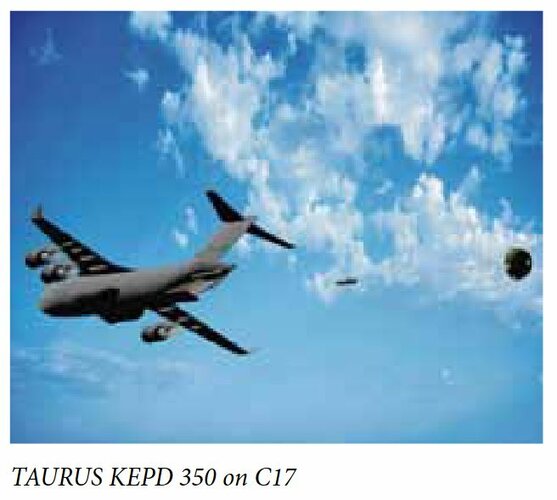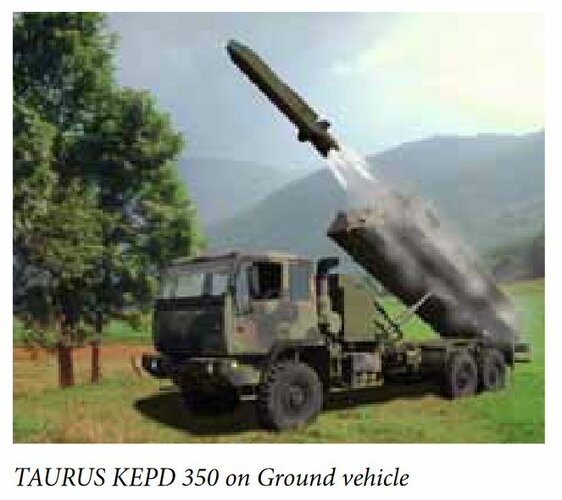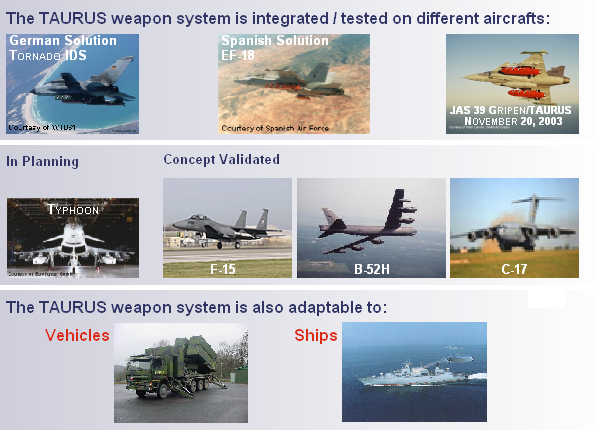Entering the
Air-to-Surface Field
The Swedish Ar Force has been one of the very first services to recognise the importance of stand-of dispensers. Based on a development contract signed In 1986 between the FMV and MBB (now DASA), the JAS. 39 will be the worlds first fighter aircraft to be equipped with such a stand-off gliding dispenser. The system, designated DWS39/24, is intended to engage area soft targets with conventional sub-munitions; the production contact, signed in Apr 1992, largely involves Bofors and FFV Aerotech.
While the performance of the DWS39/24 are regarded as adequate for the time being, it as obvious that much promising new ground lies ahead as regards both stand-off range and the use of "intelligent" ammunition for engaging hard targets. Based on these considerations Bofors and DASA have recently signed an agreement to jointly demonstrate the maturity of the key components for a new-generation dispenser missile, powered by a turbojet engine and loaded with anti-tank sub-munitions. In practical terms, the agreement implies DASA's dispenser technology being combined with an adapted version of the Bofors BONUS artillery "intelligent" sub-munition in a dispenser named TADS (Target Adaptive Dispenser System). This proposal has already attracted considerable interest by the Swedish Air Force, and on May 25 FMV and DASA Signed an agreement covering the first phase of the technology demonstrator programme with an option for follow-on phase to be performed jointly by Bofors and DASA on a 50/50 basis.
Bofors believes that in order to have high chances for survival and mission success, a dispenser such as TADS must perform the
target approach/submuniton ejection sequence while flying as low as possible. These considerations led to an innovatve ejection system, the submunitions being ejected upward; this places them in a postion which ensures that they will descend exactly over the area where the dispenser’s forward/downward-looking seeker has detected a target or cluster of targets. The number of submunitons to be ejected is automatically established according to the number of targets identifies in the area; moreover, by banking the dispenser during ejection the submunitions can be placed wih high accuracy even on the sides of the disspenser’s fight path, for instance along a winding road.
Bofors Missiles stresses that due to both the relatively high degree of “inteligence” embeded in the dispenser itself and the unique characteristics of the BONUS submunition, TADS will be a much more advanced and capable system than other currently proposed or conceivable designs for dispensers scattering sensor-fuzed anti-tank sub-munitions.
The TADS missile is conceived as a modular system, whereby the front (guidance) and aft (propulsion) sections could be joined to a center section accommodating any of very many possile payload/fuel combinations. Preliminary studies are being carried out on a number of different solutions, including, for instance, the highly innovative hard point target KEPD (Kinetic Energy Penetrator Destructor) variant.

